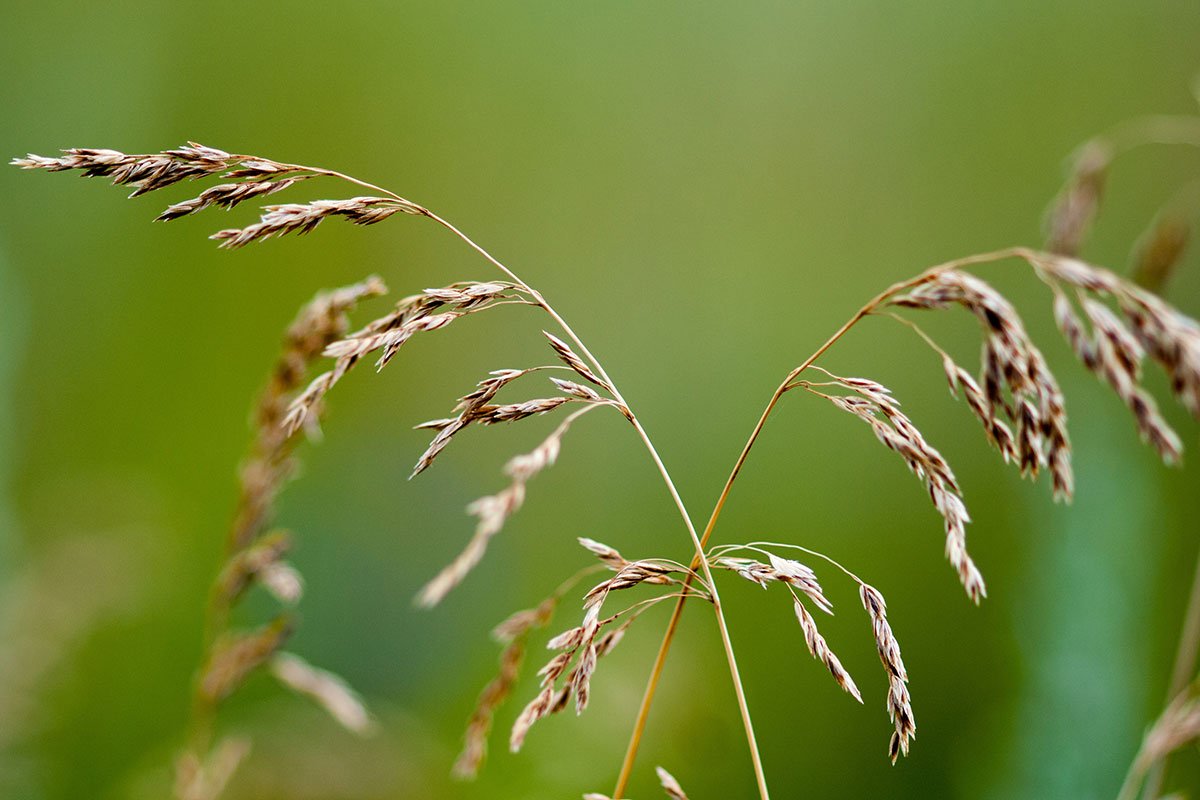Tall fescue is a grass which grows on over 35 million acres of land in the United States. As many as 700,000 horses may graze fescue pastures or be fed fescue hay each year. Many of these pastures contain fescue that is infected with an endophytic fungus that is toxic to horses. When the horse ingests the grass, it is steadily poisoned by alkaloids produced by the fungus.
What many owners may not realize is that there are some significant health risks associated with horses eating endophyte fungus-infected tall fescue. Some of these problems can be minimized with careful management of horses and pastures. Follow these management tips from the American Association of Equine Practitioners (AAEP) to reduce the risks of health problems caused by EI tall fescue:
- Have your pasture tested to determine the level of infection.
- Mow fields prior to the development of seed heads, which contain the highest levels of toxins in the plant.
- Remove horses from EI fescue pastures in conditions of extreme heat and drought.
- Remove broodmares from EI fescue pastures 30 days prior to breeding and 60 – 90 days prior to foaling.
- Keep accurate records of breeding and anticipated foaling dates.
- Notify your veterinarian for initiation of drug therapy if your mare has been grazing EI fescue prior to foaling.
- Monitor the mare closely during late pregnancy.
- Contact your veterinarian if impending signs of birth, including udder development, relaxation of vulva, and muscles around the tailhead fail to develop within the expected timeframe.
- Attend the birth. If mare fails to show signs of normal birth progression, contact your veterinarian immediately.
- Keep mares and foals off EI fescue until after weaning to prevent poor milk production.
If replanting a pasture, it is extremely important that all infected plants and seeds be destroyed prior to sowing. Discuss the best methods for eliminating stands of infected fescue with an agronomist, toxicologist or your county extension agent.
For more information about treating EI fescue problems in your horse, contact your equine veterinarian and request “Fescue: Minimizing the Risk to Your Horse’s Health,” a brochure provided by the AAEP in conjunction with Educational Partners Bayer Animal Health and Purina Mills. Additional information can also be found on the AAEP’s horse health Web site, www.myHorseMatters.com.
Reprinted with permission from the American Association of Equine Practitioners.

